I pesci non hanno gambe
- 370pagine
- 13 ore di lettura
Jón Kalman Stefánsson si addentra nelle profondità della psiche umana, esplorando temi come la memoria, il tempo e l'identità con notevole precisione lirica. La sua scrittura è caratterizzata da un'atmosfera onirica e un linguaggio poetico che attira i lettori nelle esperienze intime dei suoi personaggi. Stefánsson si concentra sulla rappresentazione di complesse relazioni interpersonali e della fragilità dell'esistenza umana, spesso ambientate in aspri paesaggi nordici. I suoi romanzi sono meditazioni sulla vita, la morte e la costante ricerca di significato in un mondo aspro ma bello.

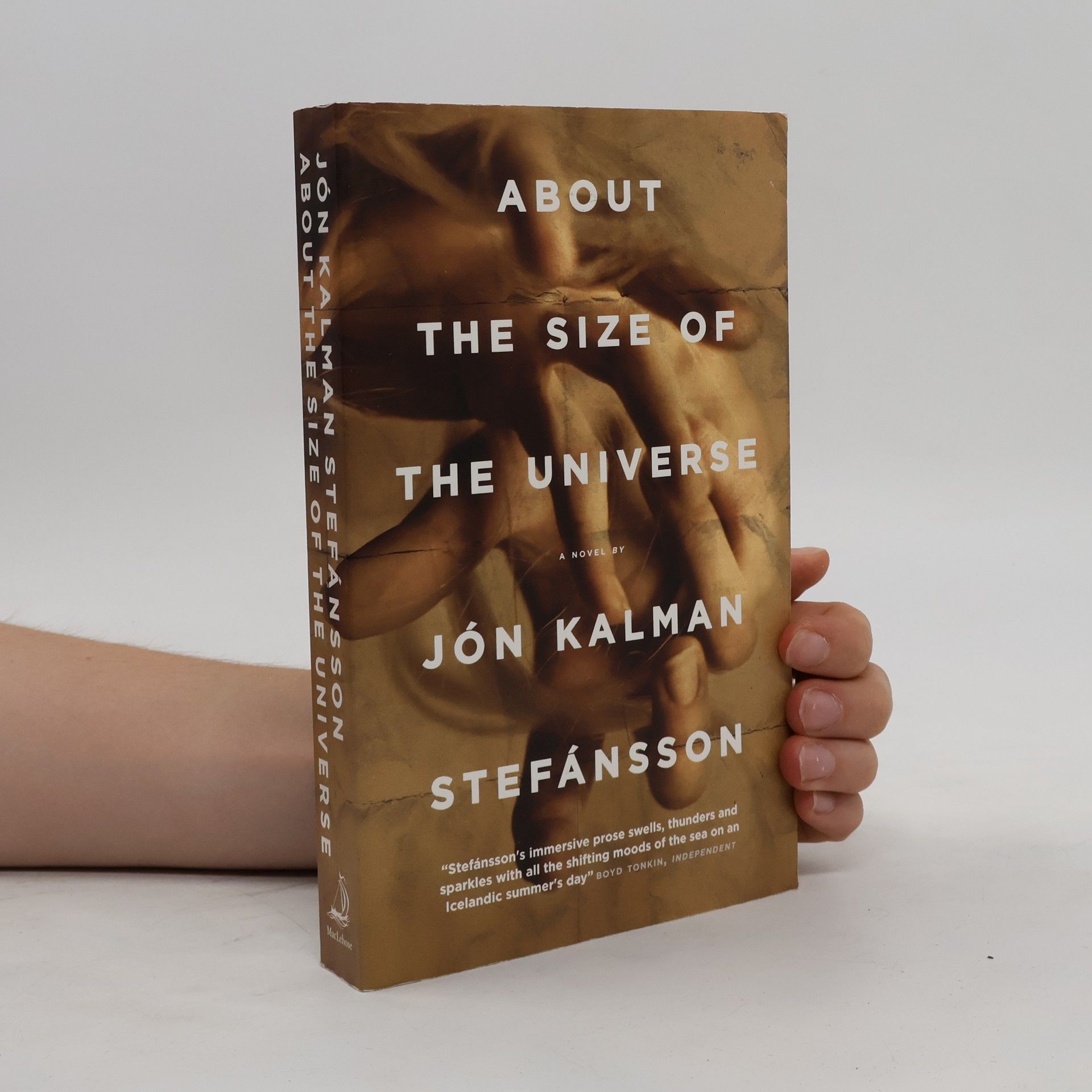
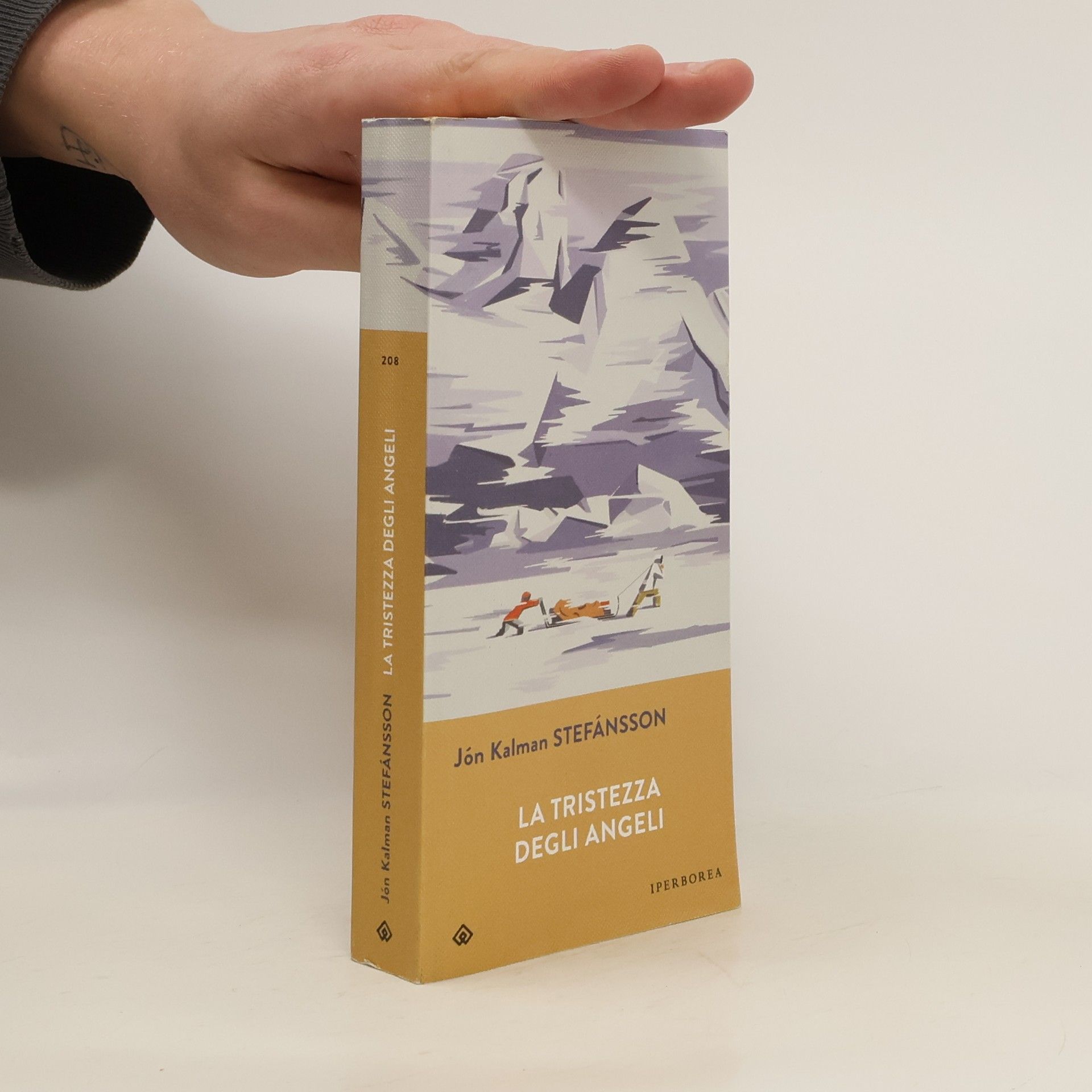
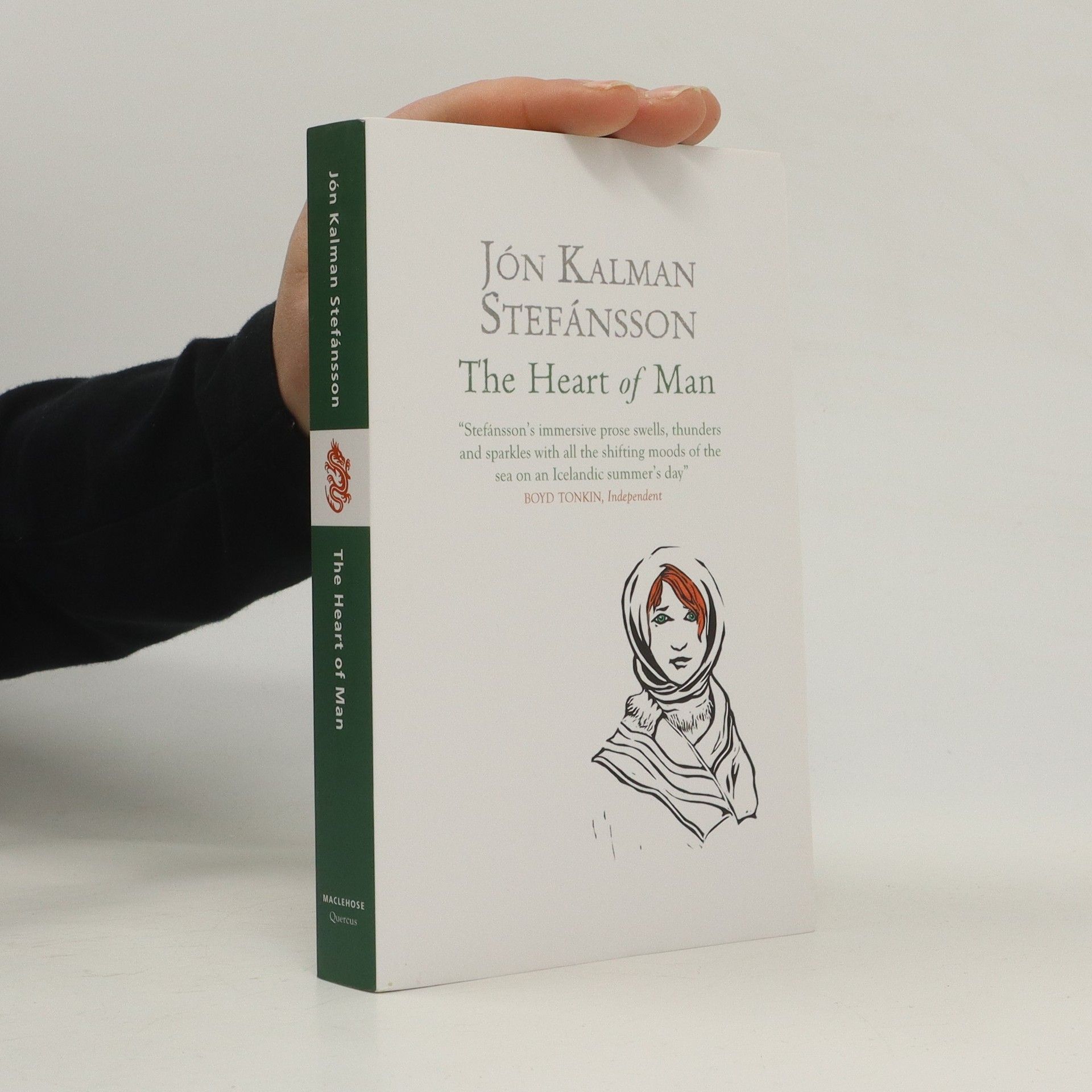
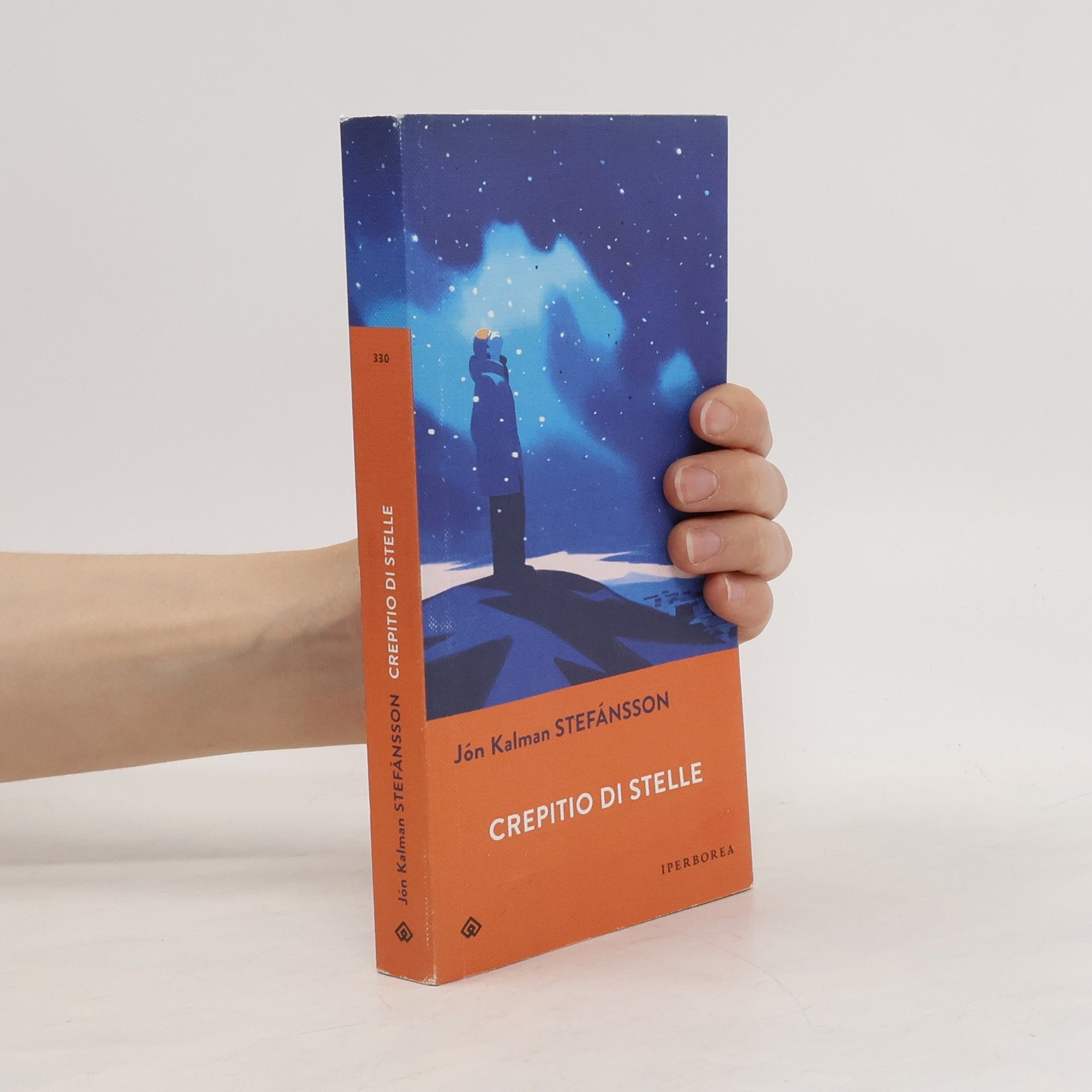

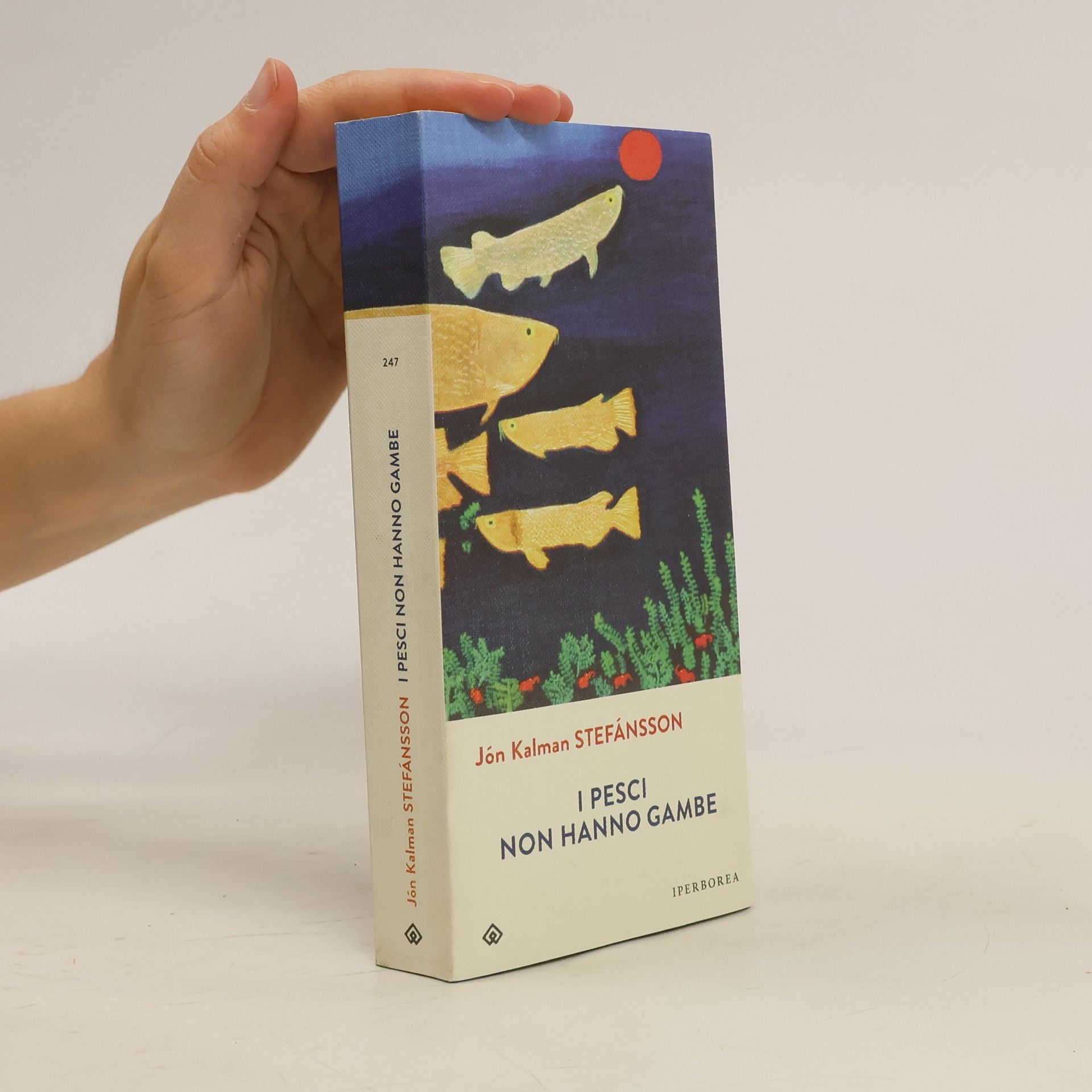
Stavanger, Norvegia. Sigvaldi giace supino sul marciapiede. Come nuvole in perenne movimento e mutazione, avanti ai suoi occhi scorrono frammenti di memoria, persone amate, conoscenti, rimorsi, gioie, incomprensioni, tradimenti e lettere mai spedite: tutti i brandelli di una vita che avrebbe potuto essere ma non è stata. Ora immobilizzato a terra e incapace di alzarsi, si ricorda dell’uomo che era trent’anni prima in Islanda: sereno, solido e senza paura, un gran lavoratore che usciva in mare d’inverno e durante l’estate faceva l’imbianchino. La sua prima moglie Helga, selvaggia e poetica, quando ancora era bella come Liz Taylor, profondamente innamorata di lui eppure consumata dall’inquietudine. Poi l’abbandono, la fatica, l’alcol, la follia. E la figlia Ásta, la secondogenita, la più amata, la più dolce, ma afflitta, in fondo agli occhi, da un malessere senza nome. Con la prosa incantata che gli è valsa migliaia di lettori e decine di premi in tutto il mondo, con la sua palette di colori infinita per dipingere la tragedia, il calore, l’insensatezza e la gioia più sfrenata della vita, Jón Kalman Stefánsson scrive per ricordare le cose che contano, per regalare una briciola di eternità a vicende e persone che altrimenti, per la sorte ingiusta che tocca a ognuno, cadrebbero nell’oblio.
After coming through the blizzard that almost cost them everything, Jens and the boy are far from home, in a fishing community at the edge of the world. Taken in by the village doctor, the boy once again has the sense of being brought back from the grave. But this is a strange place, with otherworldly inhabitants, including flame-haired lfhei ur, who makes him wonder whether it is possible to love two women at once; he had believed his heart was lost to Ragnhei ur, the daughter of the wealthy merchant in the village to which he must now inexorably return. Set in the awe-inspiring wilderness of the extreme north, The Heart of Man is a profound exploration of life, love and desire, written with a sublime simplicity. In this conclusion to an audacious trilogy, Stefansson brings a poet's eye and a philosopher's insight to a tale worthy of the sagasmiths of old
A modern saga spanning the whole of the 20th century, by one of Iceland's most celebrated writers
An extraordinary and ambitious mosaic of a novel of a family over centuries, from Iceland's most exceptional contemporary storyteller.
Bestselling novel by Iceland's outstanding writer - soon to be a film starring Olafur Darri Olafsson (TRAPPED)
Románová trilogie Ráj a peklo / Smutek andělů / Lidské srdce - nejčtenějšího současného islandského spisovatele Jóna Kalmana Stefánssona je lakonickým popisem života rybářské obce nacházející se ve fjordu poblíž severního pólu. Všechny obyvatele živí lov ryb, a tak rybáři periodicky vyplouvají na moře. S věčným střídáním běsnících živlů, bouřek, vánic a mrznutí je boj o život roven odolávání ďáblu v pekle a jediným, co zde jakkoli vzdáleně připomíná opak, je starý pastorův překlad Miltonova Ztraceného ráje. I ten se však nakonec ukáže být prokletím, neboť Bárdur si díky němu zapomene vzít vhodné oblečení a na moři umrzne. Četba poezie je životu nebezpečná. Drsné okolní prostředí vytváří nepřekročitelné překážky, omezuje lidskou mysl, zužuje obzory a zplošťuje dimenze. Náročné životní podmínky ženou lidi ke konzumaci alkoholu a nebezpečně zintenzivňují jejich city. Bije ti ještě stále srdce? A jak ti bije? Mé srdce bije, protože nic jiného neumí. Přes veškerou nepřízeň se obyvatelé osady nikdy nevzdávají naděje (či Naděje, jak zní jméno jedné z lodí). Věnují se co možná nejvíc životu, neboť podle nich člověk umíráním ztrácí ráj, přestože to mnohokrát není více než jen několik zářivých chvil roztrhaných tmavými dny. Slzy se nedají navléct na šňůru a spustit jako třpytivé lano do temné hlubiny a vytáhnout ty, kteří zemřeli, třebaže měli žít. Zhasne světlo života a promění se ve tmu v okamžiku, kdy přestaneme žasnout, kdy se přestaneme ptát a začneme brát život jako běžnou součást všedního dne?
Sága z Keflavíku Jóna Kalmana Stefánssona sleduje príbeh Ariho, muža v strednom veku, a niekoľkých generácií jeho rodiny. Je poetická aj živelná. Pulzuje v rytme prílivu a odlivu a sprevádza čitateľov islandskou históriou 20. storočia. Tvoria ju romány Ryby nemajú nohy a Veľké asi ako vesmír. „Okrem rozprávania príbehov sa usilujem nájsť odpovede na základné otázky: Existuje Boh? Je nejaky´ život po smrti? Z čoho máme radosť? Čo je lepšie ako dobrá voňavá káva skoro ráno, keď sa nebo ešte len prebúdza? Alebo single malt whisky s dobry´m priateľom? A kde je život, ak nie v bozku?” hovorí o svojich knihách Stefánsson. „Je nesmierne fascinujúce, že aj ťažké životné momenty dokáže Stefánsson zaobaliť do nežny´ch šiat. A tie „šaty“ sú tu presne na to, aby ste ich postupne vyzliekli a prenikli tak až pod povrch ľudskej duše, ktorá sa už tisícročia musí vyrovnávať s krvavy´m slnkom, studeny´m vetrom a speneny´mi vlnami.”